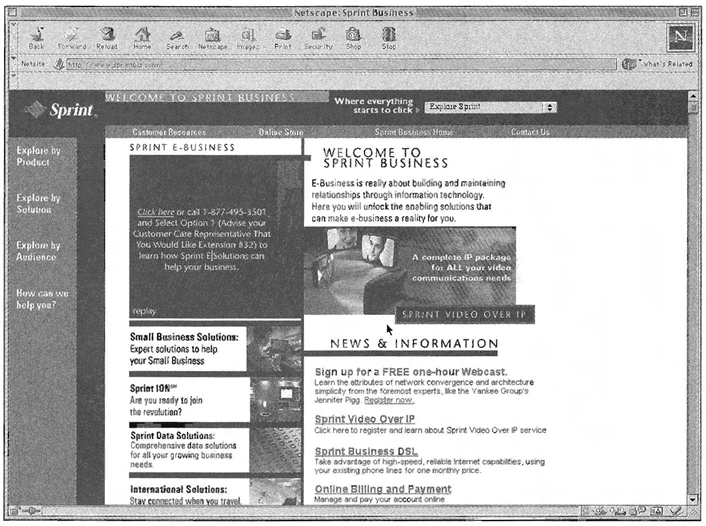CHAPTER 1
INTRODUCING MARKETING
AD 1.3
Hot dogs are goods products and, as such, are marketed differently.
to standardize because they require human labor, and may require the customer to partic-
ipate in the creation of the service product.
Goods products tend to be just the opposite in terms of these criteria. Consequently,
marketers of service products usually employ a marketing strategy quite different from that
of goods marketers. For example, a local family physician creates tangibility by oroviding
an environment. waiting room. examination rooms, diplomas on the walls, that convinces
patients that they are receiving good health care. Conversely, coffee producers create iiltan-
gibility in order to appear different from competitors.
is done through colorful pack-

MARKETING: DEFINITION AND JUSTIFICATION
15
TABLE 1.1
Kinds of Marketing
CLASSIFICATION
EXAMP LE
FACTORS
Macromarketing
The devaluation of the yen
Emphasis of study
Mi cromarketing
A pricing strategy for
Perspective, receiver of
Wal-M art
consequences
Goods marketing
Nabisco International
Tangibility, standardization,
Service marketing
Chase Manhattan Bank
storage, production,
involvement
For-profit marketing
Otis Elevator
Concerns for profits
Nonprofit marketing
New Yo rk Museum of Art
Tax status
Mass marketing
Sony
Nature of contact,
Direct marketing
Time magazine
information,
Internet marketing
trip.com
process for purchasing
and delivery
Local marketing
Imperial Garden Restaurant
Pro ximity of customers,
Regional marketing
Olympia Brewery
geographic area,
National ma rketing
American Red Cross
extent of distribution,
International marketing
Ford Motor Company
network, marketing
Global marketing
Owest
variation commitment to
country
Consumer goods marketing
Kraft Foods
Nature of customer
Business -to-business
IBM
Product function
marketing
aging and advertisements showing people who are successful because they start each day
with a cup or two or ten of Starbuck's coffee.
For-profit Marketing Versus Nonprofit Marketing
As the terms connote, the difference between for-profit and nonprofit marketing is in their pri-
m a r y objective. For-profit marketers measure success in terms of profitability and their ability to pay dividends or pay back loans. Continued existence is contingent upon level of profits.
Nonprofit institutions exist to benefit a society, regardless of whether profits are
achieved. Because of the implicit objectives assigned to nonprofits, they are subject to an
entirely different additional set of laws, notably tax laws . While they are allowed to gen-
erate profits, they must use these monies in specific
in order to maintain their non-
prufit status. There are several other factors that require adjustments to be made in the
marketing strategies for nonprofits.
M ass Marketing, Direct Market ing, and
Internet Marketing
Mass marketing is distinguis hed from direct marketing in terms of the distance between
the manufacturer and the ultimate user of the product. Mass marketing is characterized as
having wide separation and indirect communication. A mass marketer, such as Nike, has
































































16




































































